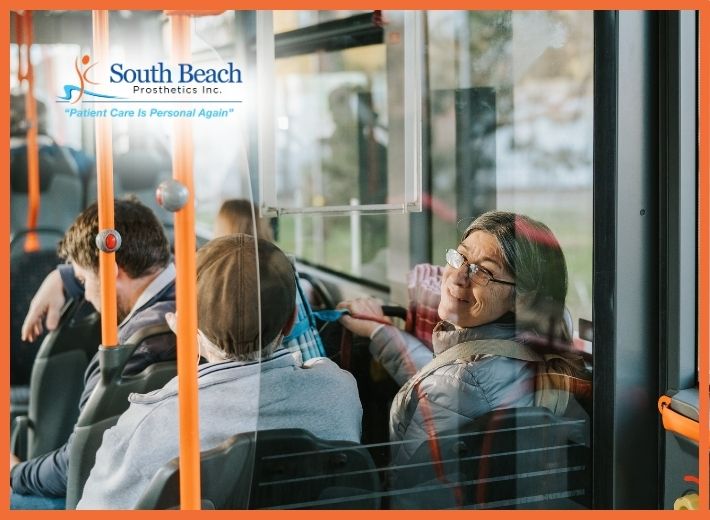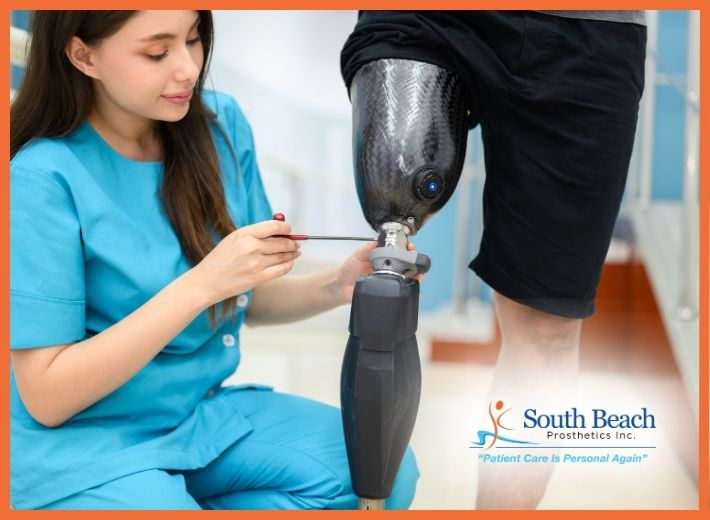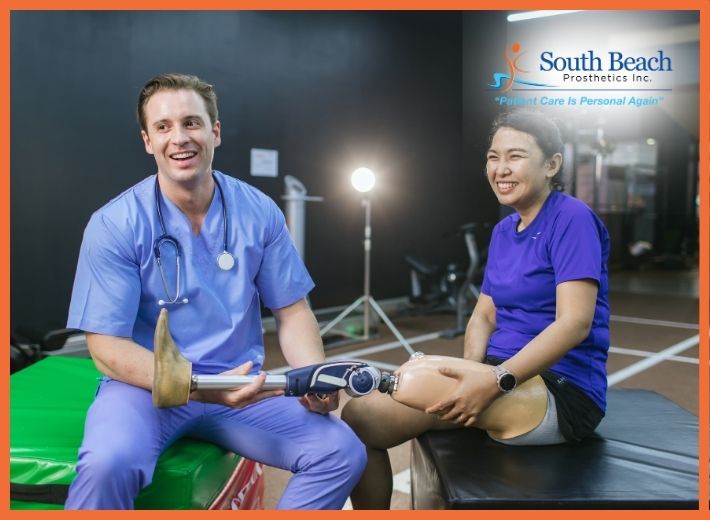There’s a link between public transit access and health outcomes. While research has long suggested that robust transit networks foster healthier communities, new direct evidence sheds light on a surprising connection: the impact of transportation on limb loss. Dive in to understand what these studies mean for healthcare access and community well-being, and how the piece emphasizes how limited mobility and access to consistent care can directly contribute to worsening health outcomes, especially for those with diabetes or vascular conditions.
If you’ve ever missed a doctor’s appointment because you couldn’t find a ride to the clinic, you understand the relationship between public transit and health outcomes. A large body of research has established that communities which lack easy access to public transit are less healthy, in the aggregate, than communities with extensive, affordable transit networks.
Various studies have shown that transit access can reduce rates of heart disease, diabetes, obesity, vascular diseases, and other conditions associated with limb loss. Based on that evidence, it’s logical to infer that transit access affects the rate of limb loss as well. But there was never any direct data to support that inference until last month—and, in a mild surprise, the findings are less definitive than we might expect.
The study appeared in BMJ Open Diabetes Research and was conducted by researchers affiliated with Emory University. They examined the correlation between public transit and a specific type of limb loss, ie amputations caused by diabetic foot ulcers (DFUs), and they limited their study to a single state (Georgia) over a four-year period (2016-19). Ergo the conclusions are highly contingent and not readily generalizable. But they’re still important, insofar as this is apparently the first rigorous look at the associations between transportation access and DFU outcomes in the United States.
The authors focused on Georgia for reasons beyond simple proximity (Emory is located in Atlanta). Georgia offers a good study context because it has a high prevalence of diabetes, above-average rates of socioeconomic distress (low income, low education), and large racial and ethnic minority populations. All these demographic markers correlate with high DFU incidence, high amputation rates, and heavy reliance on public transit. The authors hypothesized that “increased access to healthcare through public transportation measures at the ZIP code level is associated with a decrease in DFU-related amputation rates.”
Makes sense so far, right? During the four-year study period, Georgia logged 1.1 million DFU cases, 14,782 minor amputations (ie toes and partial feet), and 6,606 major amputations (limb loss at the ankle or higher). The researchers plotted all those incidents by zip code, then wove in data regarding the proximity of transit stops, proximity of primary healthcare facilities, prevalence of automobile ownership, per-capita public transit expenditures, and a handful of other markers.
After crunching all those numbers, the authors determined that:
- Higher rates of public transit commuting—ie, higher reliance on public transit—were associated with higher amputation rates, particularly in zip codes with high rates of poverty. However, the inverse effect was observed in affluent zip codes with high proportions of household car ownership, which suggests that when riders choose public transit as an option rather than a necessity, they may derive limb-preserving health benefits from the higher activity levels (eg, walking to/from transit stops) involved in bus/train ridership.
- Heavier investment in public transportation was associated with lower amputation rates. Here, too, the correlation was affected by socioeconomic factors: In the lowest-income zip codes, amputation rates were not affected by gross public transit expenditures.
- Finally, distance to transit stop was associated with increased amputation risk in low-income zip codes.
“Transportation is clearly a significant barrier to care for chronic diseases, including DFU, particularly for low-income populations,” the authors conclude. “Potential solutions to this problem include NEMT [non-emergency medical transportation], telemedicine, and mobile care….Future studies could investigate the impact of transportation assistance in conjunction with telemedicine and/or mobile clinics for DFU care.”
Your journey to mobility and health shouldn’t be a struggle.
At South Beach OP, we understand that getting to your appointments shouldn’t be a barrier to recovery. That’s why this article deeply resonates with us. We’ve built our patient-first model around eliminating those access issues. Included in our care: no-cost transportation to and from all South Beach OP appointments, ensuring patients never have to choose between care and convenience. It’s not just about prosthetics—it’s about supporting the whole patient, every step of the way.
In fact, we go even further by offering in-home care as part of our standard service package if you prefer it. For patients with mobility issues or heightened risk factors, being able to receive fittings, adjustments, and follow-up evaluations from the comfort of home can make a world of difference. Articles like this one affirm why comprehensive, wraparound care isn’t just a value-add—it’s essential.
If you or a loved one is facing limb loss, know that our cutting-edge and advanced prosthetic solutions can empower a life of renewed independence. Contact us today at 888-819-4721, or follow us on Instagram for more tips.
Reference: [https://livingwithamplitude.com/amputation-diabetic-foot-ulcer-public-transportation/]







